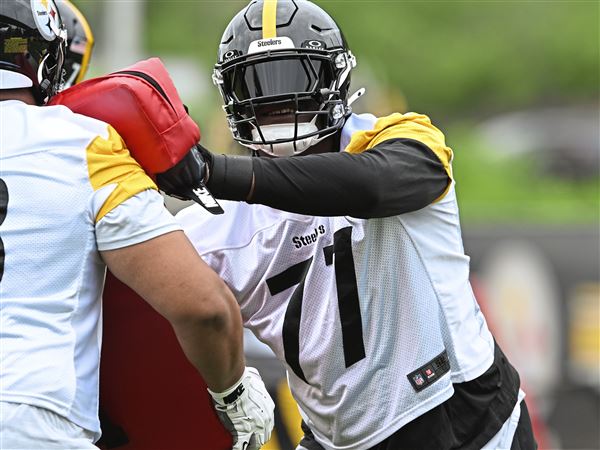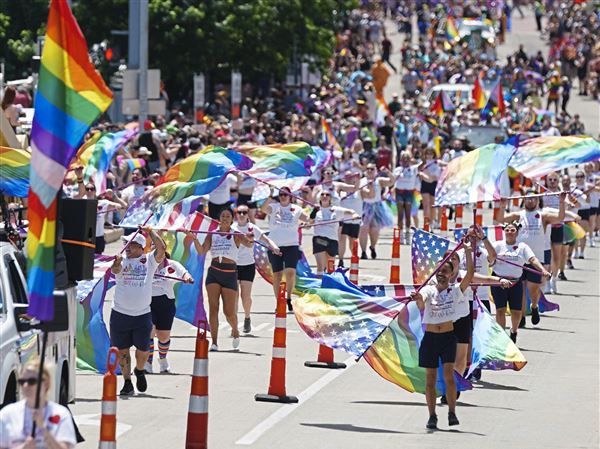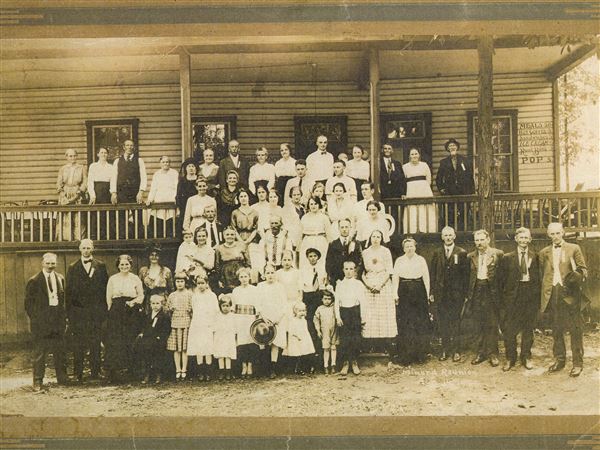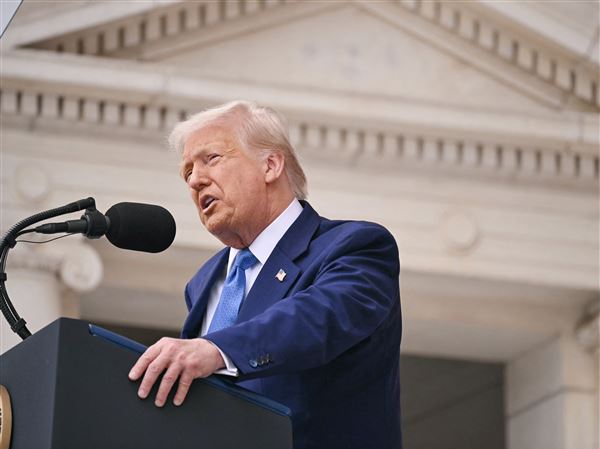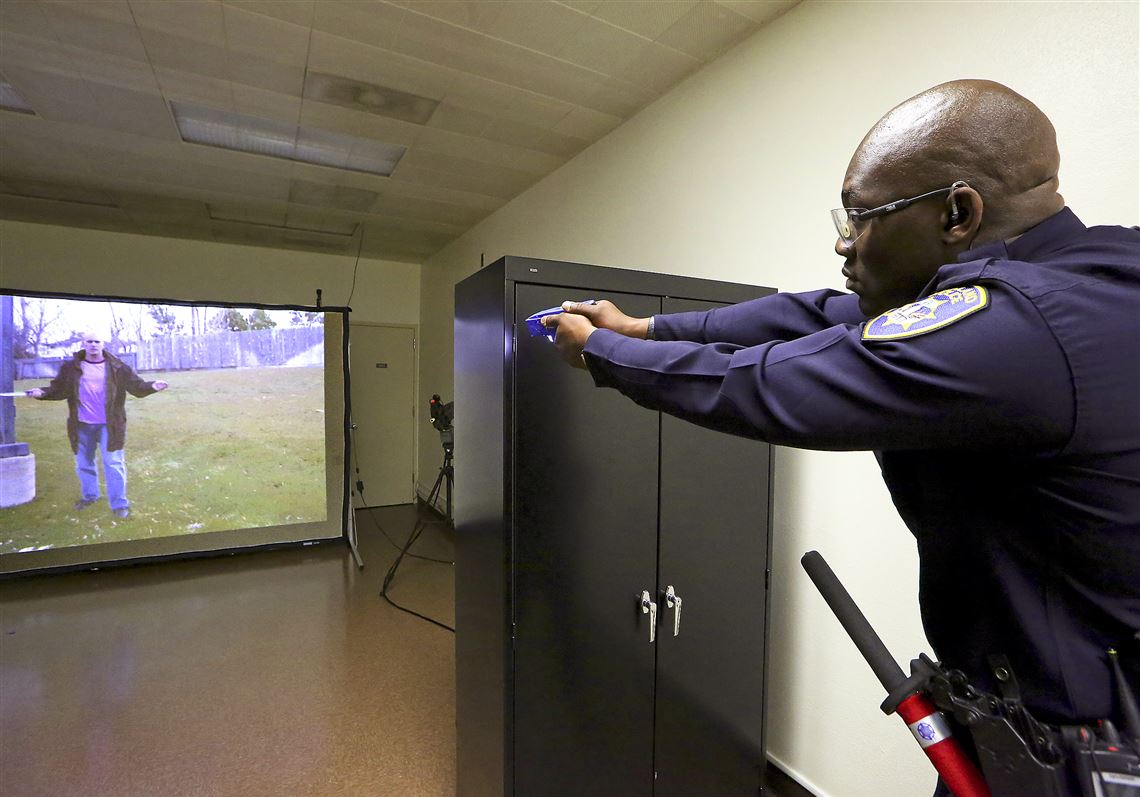WASHINGTON — During a training course on defending against knife attacks, a young Salt Lake City police officer asked a question: “How close can somebody get to me before I’m justified in using deadly force?”
Dennis Tueller, the instructor in that class more than three decades ago, decided to find out. In the fall of 1982, he performed a rudimentary series of tests and concluded that an armed attacker who bolted toward an officer could clear 21 feet in the time it took most officers to draw, aim and fire their weapon.
The next spring, Mr. Tueller published his findings in SWAT magazine and transformed police training in the United States. The “21-foot rule” became dogma. It has been taught in police academies around the country, accepted by courts and cited by officers to justify countless shootings, including recent episodes involving a homeless woodcarver in Seattle and a schizophrenic woman in San Francisco.
Now, amid the largest national debate over policing since the 1991 beating of Rodney King in Los Angeles, a small but vocal set of law enforcement officials is calling for a rethinking of the 21-foot rule and other axioms that have emphasized how to use force, not how to avoid it. Several big-city police departments are already re-examining when officers should chase people or draw their guns and when they should back away, wait or try to defuse the situation.
“In a democratic society, people have a say in how they are policed, and people are saying that they are not satisfied with how things are going,” said Sean Whent, the police chief in Oakland, Calif. The city has a troubled history of police abuse and misconduct, but some policy changes and a new approach to training have led to sharp declines in the use of force, Chief Whent added.
Like the 21-foot rule, many current police practices were adopted when officers faced violent street gangs. Crime rates soared, as did the number of officers killed. Today, crime is at historic lows and most cities are safer than they have been in generations, for residents and officers alike. This should be a moment of high confidence in the police, said Chuck Wexler, executive director of the Police Executive Research Forum, a law enforcement policy group. Instead, he said, policing is in crisis.
“People aren’t buying our brand. If it was a product, we’d take it out of the marketplace and re-engineer it,” Mr. Wexler said. “We’ve lost the confidence of the American people.”
Mr. Wexler’s group planned to meet with hundreds of police leaders in Washington this month to call for a new era of training, one that replaces truisms such as the 21-foot rule with lessons on defusing tense situations and avoiding violent confrontations.
While the Justice Department and chiefs of some major police departments are supportive, the effort has not been widely embraced, at least so far. Some police unions and others have expressed skepticism, saying officers are being unfairly criticized.
“All this chatter just increases the idea that these encounters are avoidable and law enforcement is at fault,” said Jeff Roorda of the St. Louis Police Officers’ Association, who said officers already thought about ways to avoid confrontations.
The typical police cadet receives about 58 hours of training on how to use a gun and another 49 hours on defensive tactics, according to a recent survey by Mr. Wexler’s group. By comparison, cadets spend just eight hours learning to calm situations before force is needed, a technique called de-escalation.
“Everything now is: You get there, you see a guy with a knife, you resolve it,” said Mr. Wexler, a former senior Boston police official. In many situations, he said, officers who find themselves 21 feet from a suspect can simply take a step backward to buy themselves time and safety.
Mr. Tueller’s article never proposed a bright line between a shooting that was justified and one that was not. In a telephone interview, Mr. Tueller, 63, said he had simply wanted to warn officers that they might be in danger far sooner than they realized. Twenty-one feet as a justification for shooting, he said, just became a “sticky idea” in policing.
Dallas police Chief David Brown said at a policing conference in February: “Sometimes it seems like our young officers want to get into an athletic event with people they want to arrest. They have a ‘don’t retreat’ mentality. They feel like they’re warriors and they can’t back down when someone is running from them, no matter how minor the underlying crime is.”
Whether a shooting is justified often hinges on the fraction of a second before the officer fires. In Cleveland in November, officers thought that 12-year-old Tamir Rice was wielding a pistol, not realizing he was playing with a replica. In Ferguson, Mo., an officer said he killed Michael Brown, 18, last summer because Mr. Brown had lunged at him after a scuffle through the window of his cruiser. In Seattle, the officer who shot the woodcarver said that the man had refused to drop the knife and that he had struck a “very confrontational posture.”
But earlier decisions can also be critical. In Cleveland, officers pulled their cars extremely close to Tamir, immediately increasing the possibility of a confrontation. In Ferguson, the officer, Darren Wilson, got out of his car after the tussle and pursued Mr. Brown alone. In Seattle, internal investigators chastised the officer, Ian Birk, for approaching the armed man and then using the 21-foot rule to justify shooting him.
“Officer Birk created the situation which he claims he had to use deadly force to get out of,” a police review board concluded. The officer resigned.
First Published: May 10, 2015, 4:00 a.m.


